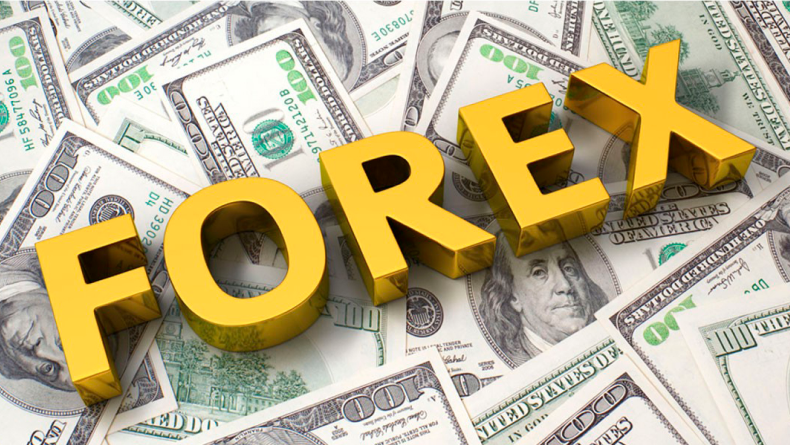- Forex trading involves trading currency pairs, where one currency is exchanged for another. Each currency pair is quoted in terms of a base currency and a quote currency. The base currency is the first currency in the pair, while the quote currency is the second currency. For example, in the EUR/USD pair, the euro is the base currency, and the US dollar is the quote currency.
Forex trading, also known as foreign exchange trading or currency trading, involves the buying and selling of currencies on the foreign exchange market with the aim of making a profit.
It is one of the largest and most liquid financial markets in the world, with a daily trading volume exceeding $6 trillion USD.
Here's a breakdown of the key aspects of forex trading:
1. Market Participants
The forex market is decentralized and consists of a vast network of banks, financial institutions, corporations, governments, and individual traders.
Read More
The main participants include commercial banks acting as market makers, institutional investors, hedge funds, retail forex brokers, and individual speculators.
2. Currency Pairs
Forex trading involves trading currency pairs, where one currency is exchanged for another. Each currency pair is quoted in terms of a base currency and a quote currency.
The base currency is the first currency in the pair, while the quote currency is the second currency. For example, in the EUR/USD pair, the euro is the base currency, and the US dollar is the quote currency.
3. Bid-Ask Spread
The bid price is the price at which traders can sell a currency pair, while the ask price is the price at which they can buy it. The difference between the bid and ask prices is known as the spread, and it represents the transaction cost of trading.
Forex brokers typically earn revenue by widening the spread or charging a commission on trades.
4. Leverage
Forex trading allows traders to use leverage, which enables them to control a larger position size with a smaller amount of capital. Leverage amplifies both profits and losses, as gains and losses are based on the full size of the position.
While leverage can enhance potential returns, it also increases the risk of significant losses, and traders should use it with caution.
5. Market Hours
The forex market operates 24 hours a day, five days a week, spanning major financial centers across different time zones. This continuous trading allows traders to react to news and events that may impact currency prices in real-time.
The market is most active during overlapping trading sessions, such as the London-New York and Tokyo-London sessions.
6. Factors Affecting Currency Prices
Currency prices are influenced by various factors, including economic indicators (such as GDP growth, inflation rates, and employment data), central bank policies, geopolitical events, market sentiment, and speculation.
Traders use fundamental analysis, technical analysis, and sentiment analysis to make informed trading decisions.
7. Trading Strategies
There are several trading strategies employed in forex trading, including day trading, swing trading, scalping, and position trading. These strategies vary in terms of time horizon, risk tolerance, and the frequency of trades.
Traders may also use automated trading systems, known as expert advisors (EAs), to execute trades based on predefined rules and algorithms.






-1767174925-md.jpg)





-1767174925-sm.jpg)